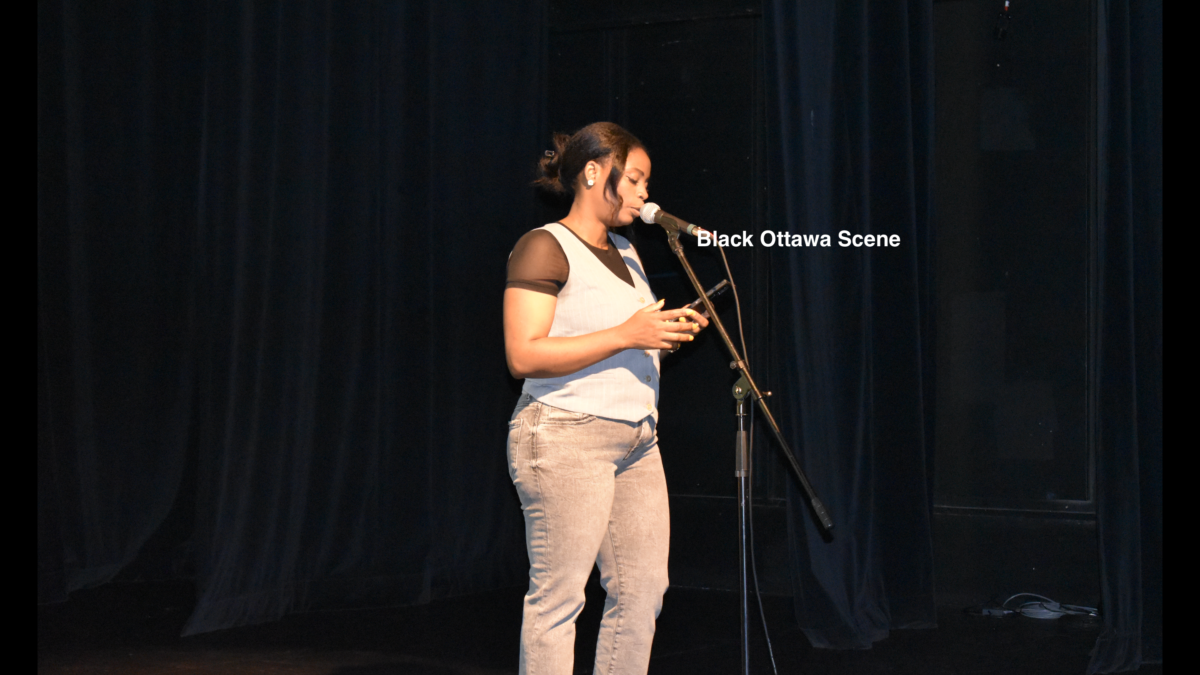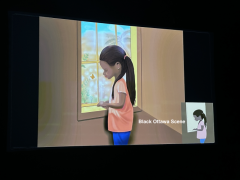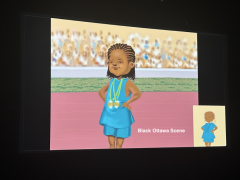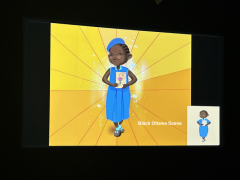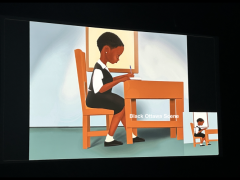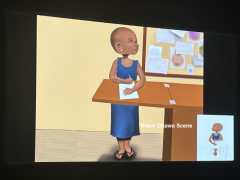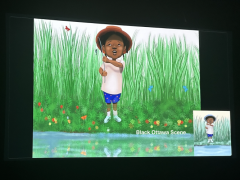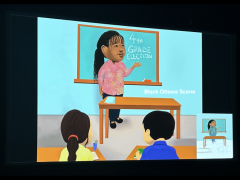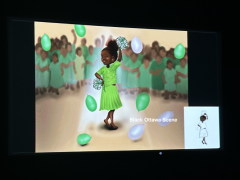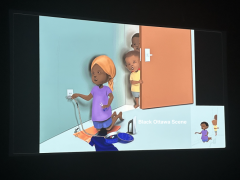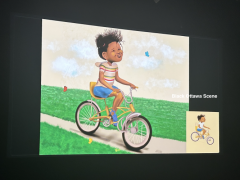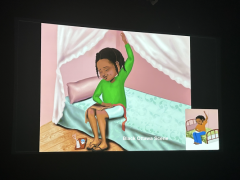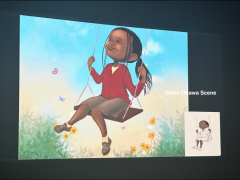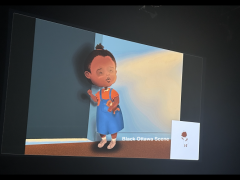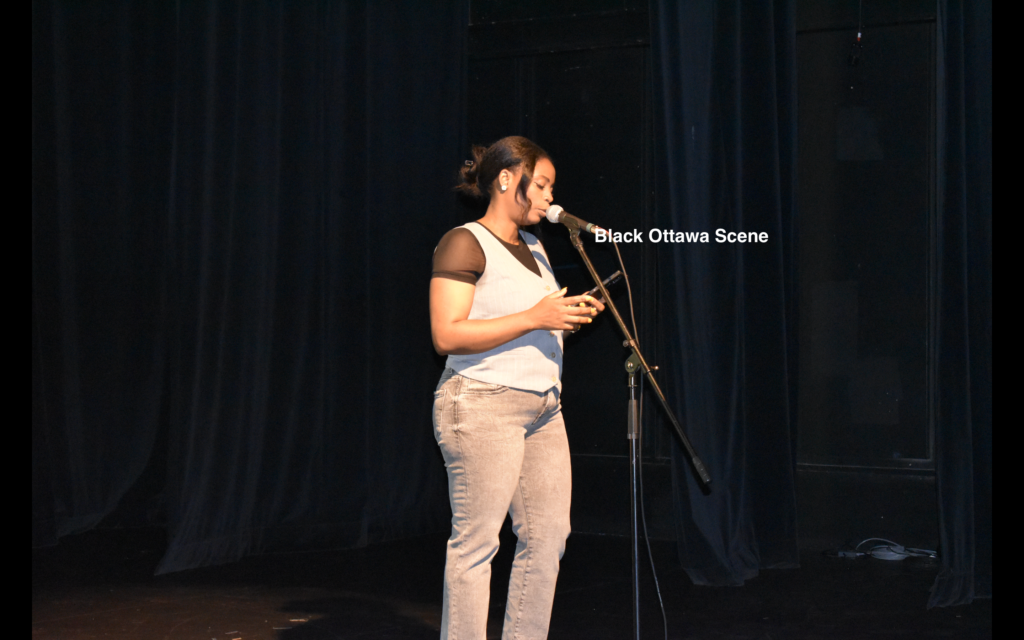
Sunday 25 August 2024
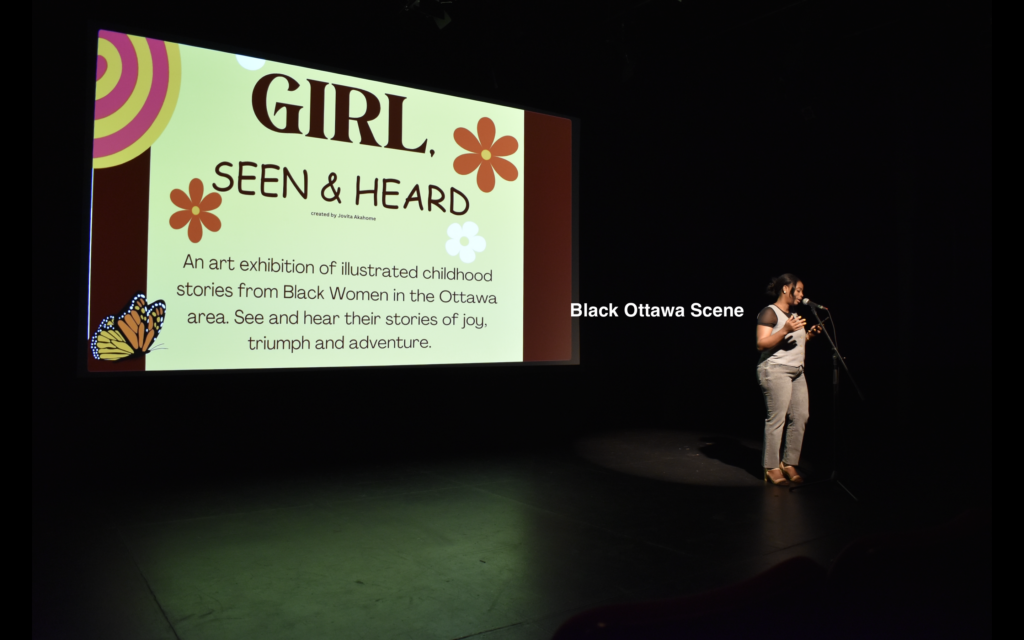
Girl, Seen & Heard art exhibition – narrative around Black girlhood
by Olivia Barrett
To Jovita Akahome, the narrative around Black girlhood is one that often focuses on the negative, with stories of joy being far and few between. She wanted to highlight these stories of joy.
This inspired her project Girl, Seen & Heard. This project compiles the stories of 15 Black women recounting a moment from their childhood when they felt the most joy. “The stories we offered are rich with joy, triumph, adventure, pride and yes, even mischief; experiences that any girl around the world might have,” Akahome said during her artist talk before the film.
She explained her decision to focus on Black women instead of Black girls was “intentional.” Akahome said, “Black women have experienced the entirety of their girlhood, they have lived through it, reflected on it, and carried its impact into adulthood.” By sharing the stories of Black women, these women were able to offer more nuanced and comprehensive retelling of their favourite childhood memory.
The 15 women featured in the short film ranged in age from 20 to 80 and came from various backgrounds in the African and Caribbean communities in Ottawa. These stories recounted memories from causing mischief in her apartment building by knocking on doors and running away to going on the swings because “it felt like flying” to her, her sister and her dad being the only Black family on the lake when they went fishing to many other memories of joy, adventure and pride.
The short film showed the finished art piece by Akahome with a timelapse of the artwork coming together as the woman’s voiceover told her story. Akahome said she chose to include the timelapse of the artwork because she thought it would be nice to show the process of the piece coming together. Initially, the project was not going to be a short film, but rather would have been the finished piece and the voiceover. When she decided to make it a short film, she chose to include the timelapse as it showed the changes that were made, such as changing the colour of a shirt depending on the woman’s retelling of the story. “It’s your story, I want to honour that and make it as true to the memory as possible,” Akahome said while explaining why some of these changes were made.
For most of the pieces, Akahome said most of the women did not provide a photo from the specific memory, but even for the ones where a photo was provided, it was more like a guide. “In the case of Suzan, who had the hair and liked swimming, she insisted she wanted people to get a feel that this is in the 70s, there was a lot of not matching colours going on and the jelly shoes,” Akahome said, talking about the process of creating these pieces. She added that these pieces were mostly created off of descriptions the women gave, Akahome’s mental image of what it would have looked like and through feedback from the women.
“It made me really happy when [the art] coincided with what they remembered,” Akahome said.
The art exhibition was featured at the Arts Court Theatre at the Ottawa Art for the evenings of August 24 and 25.

